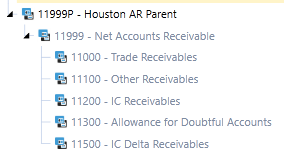WHAT CAN EXTENSIBLE DIMENSIONS DO?
The following are all actions that Extensible Dimensions can do:
- Without removing members, Extensible Dimensions can only extend the inherited Dimension.
- Extensible Dimensions can extend Base Members (thus making them Parents in the extended Dimensions).
- The ability to create New Parents/Children under an inherited Base Member.
- The ability to create alternate hierarchies. This happens when the new Parent is created in the extended Dimensions and referencing the inherited Members below that new parent.




